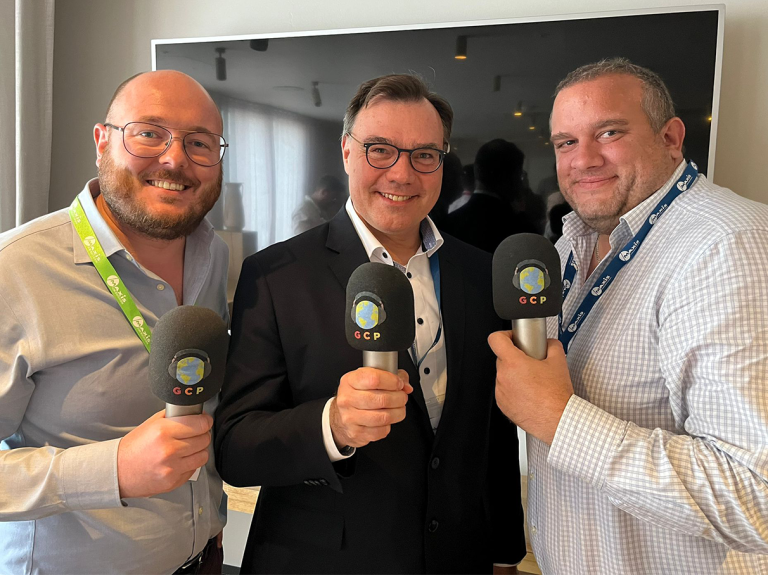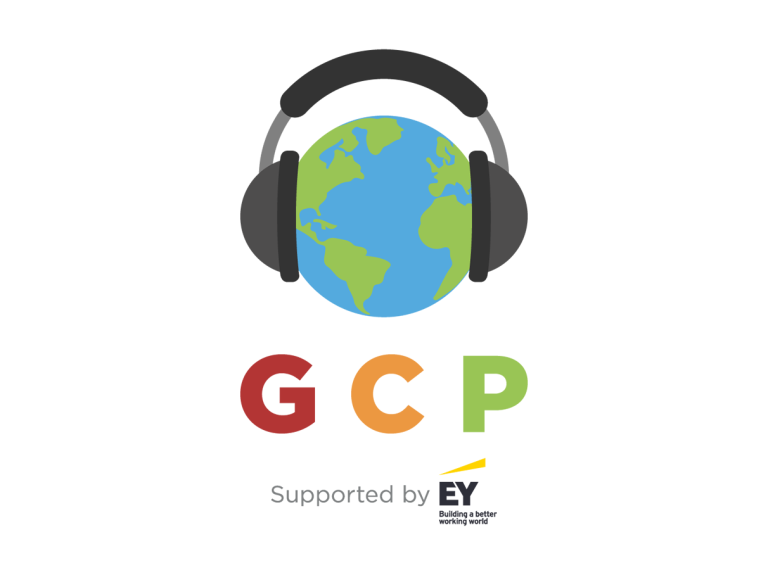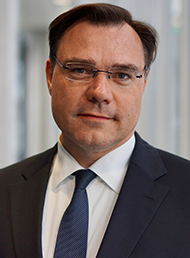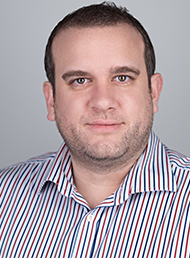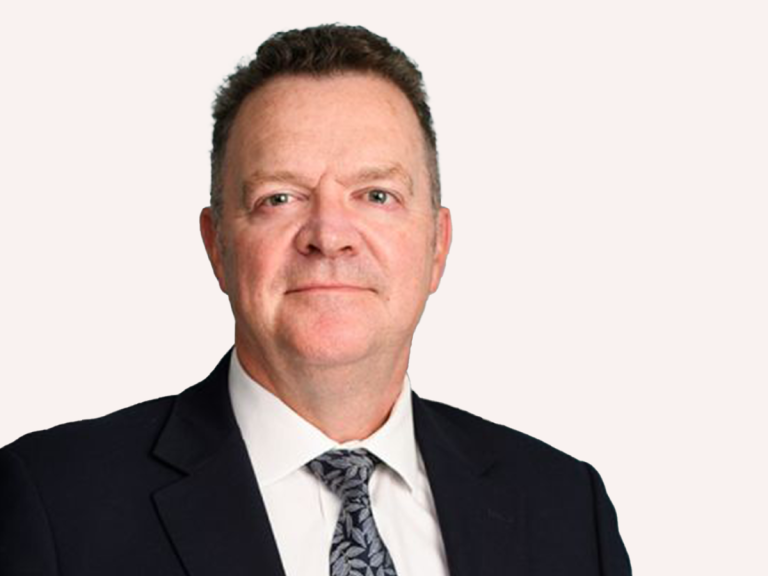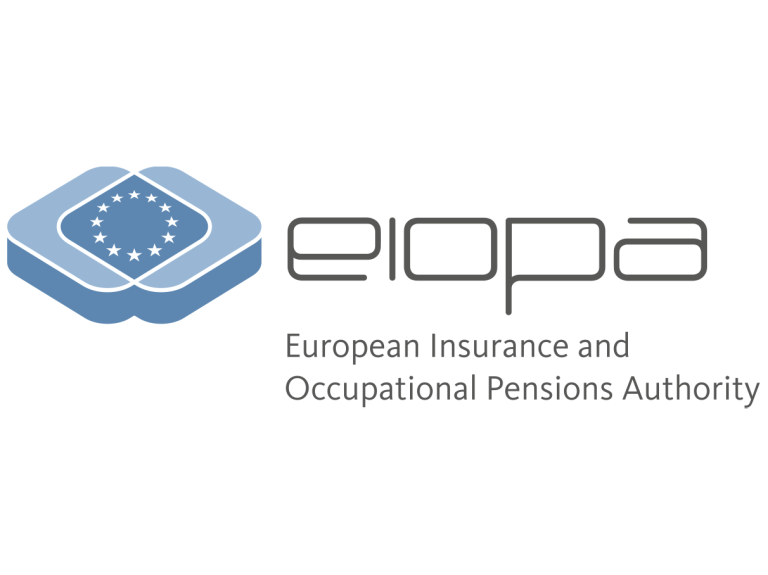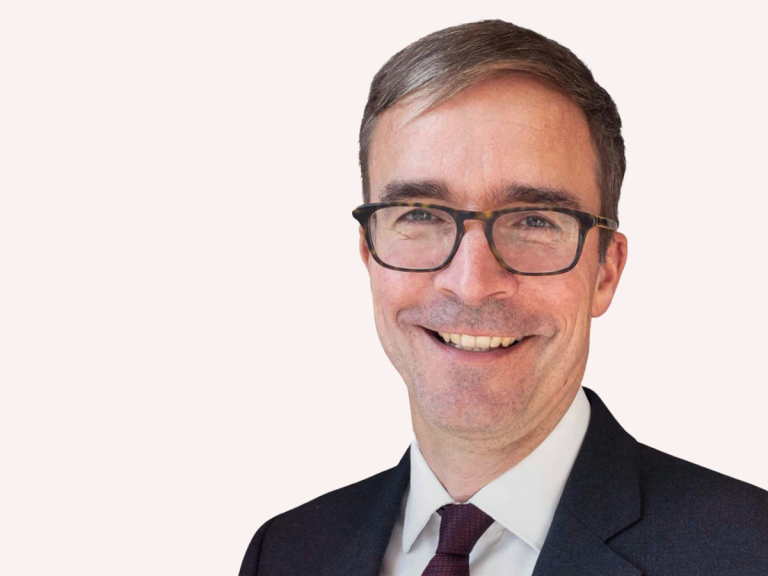Risk managers are in a strong position when they implement a captive employee benefits programme because they have the power to lower premiums and engage the whole group, according to Marc Bentley, InterContinental Hotels Group director of risk finance, and Matthias Helmbold, vice president of global risk benefits, health and wellbeing at DHL.
Helmbold and Bentley were speaking on a panel at a London event organised by MAXIS Global Benefits Network and Captive Intelligence, that was also recorded for the Global Captive Podcast. Listen to the episode here, below or on any podcast app.
Bentley discussed how IHG had started reinsuring some employee benefits through the captive in 2017, while Helmbold reflected on DHL’s long journey, beginning in 1996, as the first company to take this approach.
Helmbold said the DHL programme had been successful because they were able to use premium pricing as a tool to encourage participation across the business.
“This is a muscle that I think is underutilised by a lot of EB captives. The risk managers are in a very, very strong position here,” added.
“The DHL programme did not grow because of a global mandate to place all EB covers into the captive. It was on the basis of actually being the best offer out there and business units actually saving money.”
Bentley agreed with this approach and said when IHG began captive participation, he did not to put a global mandate in place.
“It is absolutely a partnership so I purposely did not want the mandate coming down from up above,” he explained. “We’ll engage and we’ll win hearts and minds to make sure that this is a long-term solution for the company.”
Subscribe to the Captive Intelligence newsletter to receive our FREE twice weekly updates with links to news, analysis and podcasts.
Helmbold said employee benefits can be seen as a “tame animal” compared to some other risks that captive owners grapple with.
He said: “You need a bit of knowledge, you need to understand your medical trends, your long tail business, but compared with the exposures that you may be dealing with in your property programmes, or your D&O, and not even mentioning cyber risk, it’s high frequency, lower impact in many cases compared to many other risks that captives are writing.”
Helmbold added that collaboration with different parts of the business is key to creating understanding and support for the captive approach to financing employee benefits through a captive.
“Procurement is one example where people need to know what’s going on,” he said. “HR is key as they are the owners of policies locally and they are in charge of the benefit design, but not of the financing necessarily.
“Likewise, the sponsorship and the support from senior management. It is equally important that your CFO, CEO do know and understand and what’s going on and you don’t have any surprises.”
Concerning the quantitative and qualitative benefits resulting from the captive EB approach, both said it had been a success with further initiatives planned in the future.
Bentley said the multinational’s focus had initially been on improving its benefits offering, but it had since realised other benefits too.
“Our original goal with the captive programme was to enhance the benefits we were offering to our people – that was our original aim and we were successful,” he explained.
“As much as it wasn’t intended to be a cost saving, we’ve also achieved brilliant savings. We’ve probably saved about 30% on premium that was going out of the business, which is obviously positive, but not necessarily one of the key drivers or goals.”
Since 2015, DHL’s Health & Wellbeing programme has helped the company to mitigate medical trend, he said.
“At the moment we’re looking at savings north of €10 million on €80 million premium. Those are impressive numbers.”

